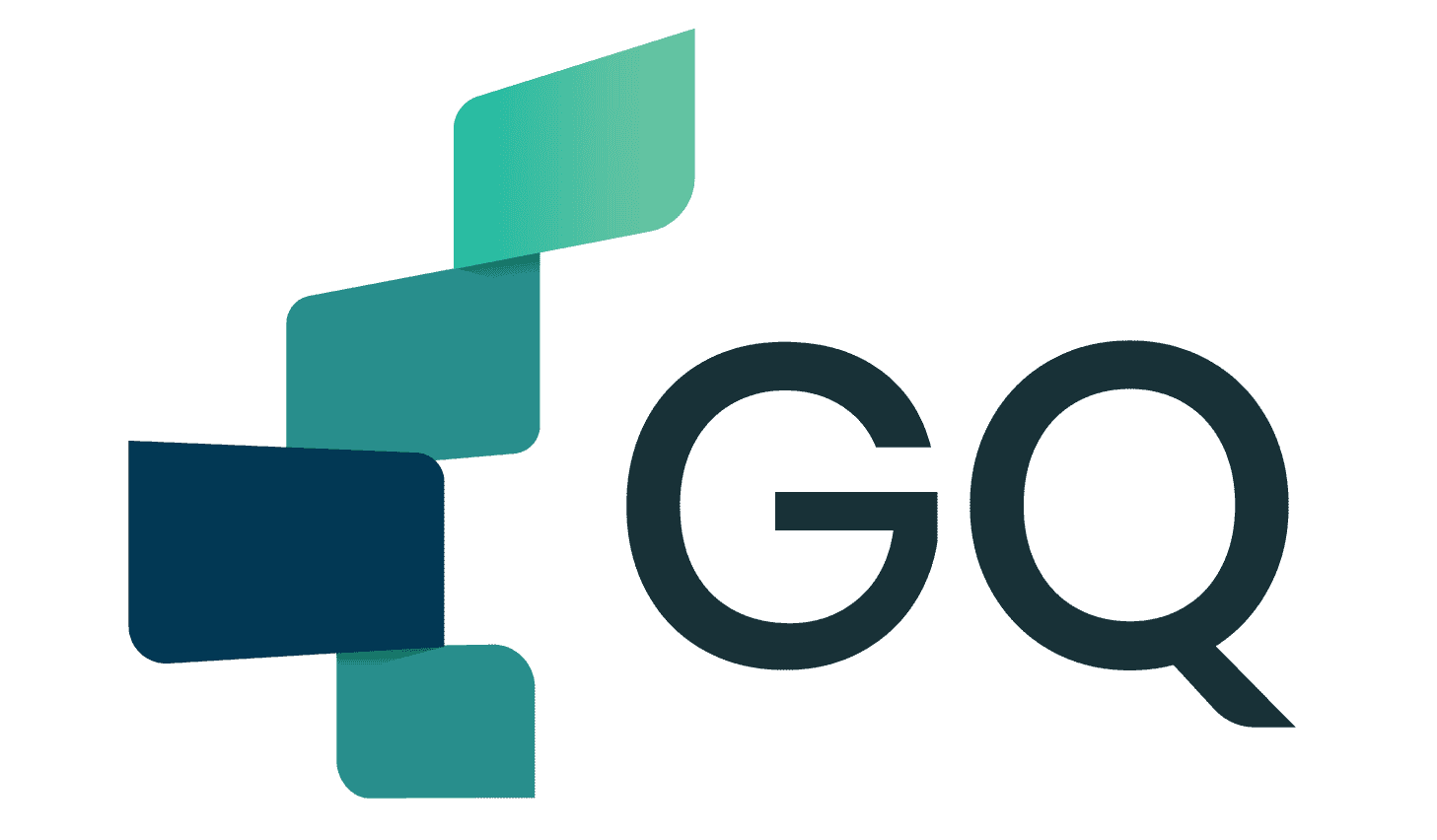
- Traditional vs. Innovative Approaches
- Leveraging Employee Referrals
- Utilizing Talent Pools Effectively
- Personalizing Outreach to Potential Candidates
- Benefits of Long-term Relationship Building
Candidate sourcing is a vital component of modern recruitment strategies, reflecting a proactive approach to attract potential talent. This process is not just about filling current vacancies but also about building a reservoir of gifted individuals who may be suitable for future opportunities. Candidate sourcing involves scanning myriad channels, both online and offline, to discover individuals with the requisite skills, qualifications, and experience. By doing so, organizations can effectively address both immediate and long-term hiring needs. The process targets not only those actively seeking employment but also passive candidates who aren’t in the job market, ensuring a robust talent pipeline.
What Is Candidate Sourcing?
Candidate sourcing is the art of identifying and enticing both active and passive candidates to fill roles within a company. Unlike traditional methods where recruiters wait for applicants, sourcing demands a proactive outlook, leveraging various platforms to unearth potential talent.
One of the pillars of candidate sourcing is channel attribution, a process where recruiters pinpoint the specific touchpoints that influence a potential candidate’s journey to a job posting. This insight is crucial in fine-tuning recruitment strategies, allowing organizations to focus resources on the most successful channels.
Metrics derived from candidate sourcing activities provide valuable feedback, helping recruiters to gauge the effectiveness of their strategies and refine their approaches. Implementing these insights meaningfully improves the overall recruitment process.
Differences Between Active and Passive Sourcing
Active and passive candidate sourcing are distinct methodologies in the recruitment landscape, each serving different goals and requiring unique approaches.
- Active candidate sourcing involves identifying individuals who are currently on the job hunt. These candidates are often easy to find on job boards, career websites, and through applications submitted directly to organizations. They tend to be more responsive to outreach efforts and may actively apply to multiple positions, increasing their accessibility to recruiters.
- Passive candidate sourcing targets those who are not actively seeking new roles. These candidates are generally not found on job boards or applying for positions but may be open to discussing new opportunities if they align well with their career aspirations.
Both active and passive sourcing benefit from tools like LinkedIn, which offers features for discovering and engaging suitable talent. However, passive sourcing requires a more personalized and often time-consuming approach to build meaningful relationships, which can ultimately benefit the long-term recruitment strategy by filling critical roles with highly qualified individuals.
Sourcing Strategies in Recruitment
A sourcing strategy involves a proactive approach to finding candidates who have not yet applied and leveraging past applicants who might be suitable for other roles. By focusing on critical tasks and responsibilities in job descriptions and using inclusive language, companies can attract a diverse workforce. Measuring candidate sourcing ROI through metrics such as time to fill, quality of hire, cost per hire, and candidate experience ensures that the strategies yield positive results.
Traditional vs. Innovative Approaches
Recruitment strategies have evolved over time, blending traditional methods with innovative techniques to enhance candidate sourcing.
- Traditional candidate sourcing often relies on familiar job boards to reach potential candidates.
- Innovative approaches seek to engage both active and passive candidates by using niche boards tailored to specific talent groups, such as veterans or LGBTQ+ creatives.
The Role of Social Media in Candidate Sourcing
Social media has revolutionized the way recruiters source candidates, expanding their reach far beyond traditional job boards. Platforms like LinkedIn, Facebook, Instagram, and Twitter provide access to a vast talent pool, comprising over 4.7 billion users. Among these, LinkedIn stands out with its 830 million users, offering powerful tools for sourcing both active and passive candidates.
Engaging potential candidates through social media involves interacting via comments, direct messages, or sharing relevant content, which helps build rapport and increase interest in job opportunities. Moreover, these platforms allow organizations to showcase their employer brand, post engaging content, and directly network with potential candidates, enhancing their overall candidate sourcing strategy. By developing a content strategy that includes job postings and company culture highlights, recruiters can attract passive candidates and improve engagement.
Leveraging Employee Referrals
Employee referrals are a powerful sourcing channel that taps into the networks of current employees, reaching potential candidates who might not be actively job hunting. These referrals often lead to higher-quality hires who fit well within the company’s culture and are more engaged with the organization. Companies can implement structured employee referral programs, sometimes with incentives, to streamline the sourcing process.
Such programs leverage the immediate connections employees have within their professional circles, significantly reducing hiring times. For maximum effectiveness, organizations should foster a referral-friendly culture by aligning hiring managers, recruiters, and employees within their sourcing strategies. This alignment ensures that everyone is invested in bringing top-tier talent into the company.
Utilizing Talent Pools Effectively
Talent pools serve as a vital component in a proactive recruitment strategy, allowing recruiters to engage regularly with potential candidates and reduce time-to-fill for open positions. By organizing candidate information efficiently through Applicant Tracking Systems (ATS) and recruitment databases, companies can segment talent pools by skills, experience, and role fit.
This segmentation allows for personalized recruitment efforts, ensuring that candidates feel valued and informed about opportunities. Regular updates and engagement through email campaigns and newsletters maintain candidates’ interest and keep them informed about the company. This sustained engagement helps build a pipeline of readily available talent, making it easier for recruiters to fill positions promptly when new roles arise.
Developing a Candidate Sourcing Strategy
Distinguishing Between Sourcing and Recruiting
While sourcing and recruiting are interconnected components of the hiring process, their roles and focuses differ significantly.
Sourcing is a proactive endeavor aimed at identifying and attracting potential candidates before vacancies arise. It emphasizes building a robust talent pipeline for both current and future recruitment needs.
In contrast, recruiting encompasses the broader process of attracting, assessing, and hiring candidates to fill immediate job openings.
While recruiting typically targets individuals actively seeking positions, sourcing engages both active and passive candidates, offering a long-term approach to talent engagement. Ultimately, sourcing occurs early in the hiring process and prioritizes relationship-building and candidate pool maintenance, while recruiting concentrates on advancing candidates through to hiring.
Identifying Optimal Sourcing Channels
Identifying the most effective sourcing channels is essential for reaching a wide and varied candidate pool. Optimal channels include job boards, professional networking sites, employee referrals, and social media platforms.
By diversifying these channels—such as utilizing niche job boards tailored to specific skills or industries—companies can better align their sourcing efforts with their particular talent needs. Social media tends to yield a higher volume of candidates, making it a critical area for resource allocation.
Monitoring the number of candidates sourced from each channel assists in refining sourcing strategies and identifying areas needing improvement. Employing a diverse array of sourcing methods enhances efficiency and broadens access to a global talent pool, ensuring comprehensive outreach.
Integrating AI and Automation in Sourcing
The integration of AI and automation in candidate sourcing offers transformative benefits for recruitment processes. AI-driven tools can automate candidate screening and matching, minimizing bias and errors while saving significant time and effort.
These tools enable recruiters to analyze complex datasets, providing insights into candidate behaviors and preferences, leading to more informed hiring decisions. Automation can handle repetitive tasks, such as resume screening and initial interactions, through chatbots—freeing recruiters to focus on strategic relationship-building.
Leveraging analytics and predictive modeling through AI facilitates a data-driven approach that enhances recruitment outcomes. Despite the technological advances, retaining human connections remains crucial to maintaining an exceptional candidate experience and fostering a strong talent pool.
Building Diverse and Inclusive Teams
In today’s competitive market, building diverse and inclusive teams is not just a moral imperative but a strategic advantage. Companies that strategically incorporate diversity, equity, inclusion, and belonging (DEIB) into their candidate sourcing strategies enhance their reputation and improve business outcomes. Statistics show that organizations with significant ethnic diversity are 39% more likely to outperform those with limited ethnic representation.
Moreover, having women constitute at least 30% of the workforce boosts the likelihood of financial success. To achieve this diversity, multi-channel sourcing is essential. Engaging with varied candidate sourcing channels not only widens the talent pool but also improves the candidate experience, making the recruitment process more equitable.
Personalizing Outreach to Potential Candidates
Personalizing outreach to potential candidates is a powerful method to capture interest and enhance response rates. Tailoring messages to highlight a candidate’s specific skills or shared interests demonstrates genuine engagement and can significantly improve their interest in job opportunities. Social media platforms are invaluable in this regard, allowing recruiters to engage potential candidates directly through personalized interactions such as comments or direct messages. These interactions help build rapport and are crucial in forming a connection that goes beyond generic recruitment tones.
Moreover, understanding and utilizing the preferred communication channels of target personas enhance the effectiveness of engagement. Social media is a key player in this strategy, offering personalized touchpoints. Simultaneously, the development of a talent pool of passive candidates nurtured with targeted information about the company can keep potential hires interested in future roles that match their aspirations. Integration of personalized messaging into the broader candidate sourcing strategy fosters stronger candidate relationships, essential for maintaining an authentic and professional approach.
Benefits of Long-term Relationship Building
Long-term relationship building with candidates is an impactful strategy that strengthens their connection to the brand, fostering a sustained career interest. From the first message, engaging candidates in ongoing communication helps build this connection, making them more invested in the company. This relationship not only enhances recruitment efficiency by streamlining the process but also proves cost-effective by reducing turnover. As trust and loyalty are cultivated, retention rates naturally increase once candidates are hired.
These relationships allow for an in-depth understanding of candidate preferences and behaviors, which can lead to more informed hiring decisions. With a focus on rapport cultivation, recruiters are better positioned to execute targeted and effective recruitment efforts. By maintaining consistent engagement and open lines of communication, companies can tailor their recruitment strategies to align with the evolving desires and motivations of potential candidates.
Download our e-book
Download our free e-book to discover how GQ Interim can transform your business with expert leadership solutions!
Exploring Candidate Sourcing Channels
In the dynamic landscape of recruitment, candidate sourcing channels are pivotal in attracting qualified talent. These channels vary widely, from company websites and referral programs to internal or external job boards and social media platforms. Networking events also play a significant role in candidate sourcing, providing recruiters with access to a broader pool of potential employees.
However, it’s crucial to note that not every channel suits every organization. Businesses must align their sourcing strategies with their unique hiring needs to maximize effectiveness and ROI. To gauge the success of various channels, recruiters must rely on metrics like source of hire, source quality, and sourcing channel cost. These insights help refine strategies to attract the best candidates.
Online Platforms and Job Boards
Online platforms and job boards are indispensable tools in the recruitment arsenal, offering expansive access to active job seekers. Sites like Indeed, LinkedIn, and Glassdoor are essential platforms for both recruiters and candidates, as they consistently deliver a large pool of potential hires actively pursuing new opportunities. Through these platforms, organizations can post job advertisements to reach a vast audience, harnessing both free and paid options to broaden their search.
Additionally, niche job boards, such as Stack Overflow for tech jobs or Behance for creative roles, allow recruiters to zero in on candidates with specialized expertise suited to specific industry demands. Integrating keywords and precise job descriptions is crucial in enhancing the visibility and attractiveness of job postings to the desired talent pool.
Social media platforms, combined with the robust reach of job boards, amplify the reach, ensuring a cost-effective approach to discovering potential employees.
Networking Events and Career Fairs
Networking events and career fairs are invaluable venues for recruiters aiming to broaden their candidate pool by meeting prospective employees in person. Through these events, organizations have the opportunity to connect with individuals who possess the specialized skills that may not be easily accessible via traditional recruitment channels.
Furthermore, networking events provide a direct line to passive candidates—those who are not actively job hunting but may be open to new opportunities. These in-person interactions offer recruiters the chance to gauge important attributes such as soft skills and cultural fit, both of which are crucial to successful hiring.
In addition, hosting tailored recruitment events like hackathons or open houses can attract candidates with industry-specific skills, providing a focused approach to meeting specific staffing needs. Networking events and career fairs thus serve as strategic tools in a diverse sourcing strategy, fostering personal connections and expanding potential talent pools.
Conclusion
Efficient candidate sourcing involves not just finding the right candidates but doing so in a manner that saves time and resources. Leveraging recruitment databases and Applicant Tracking Systems (ATS) allows recruiters to organize candidate information systematically, streamlining processes and speeding up sourcing efforts. A mix of candidate sourcing channels, such as traditional job boards, networking events, and innovative employee referral programs, broadens the talent pool and significantly boosts efficiency.
Moreover, employing automation tools can take over repetitive, time-consuming tasks, freeing up recruiters to engage more directly with potential candidates. Effective communication and prompt responses further ensure that sourcing processes remain smooth, minimizing delays and improving the overall recruitment experience.
Interested in Interim Expert?
Discover how interim management can dramatically increase the efficiency of your business. Get in touch with our team to learn how working with GQ Interim will improve your company.
- Get started within few days
- Database of 10 000+ consultants
- Solving crucial problems of your business
- Custom solutions for your business needs
- Proven results with measurable impact
Related articles

- A balanced scorecard example demonstrates how organizations can measure more than just financial performance. Developed by Robert Kaplan and David Norton, the balanced scorecard tracks goals across finance, customers, internal processes, and learning & growth. By aligning these perspectives, it ensures that daily operations support long-term strategy and sustainable growth.

- The Theory of Constraints (TOC) is a structured approach to improving organizational performance by focusing on the single most limiting factor—the constraint. Whether it’s a production bottleneck, market demand, or a sales conversion gap, TOC answers three core questions—what to change, to what to change, and how to cause the change—and drives continuous improvement through five disciplined steps: identify, exploit, subordinate, elevate, and repeat.

- Software quality assurance ensures that software consistently meets stakeholder needs by preventing defects and validating that products align with defined quality attributes (e.g., reliability, security, performance). Blending defect management practices with standards-based quality models like ISO/IEC 25010 helps teams plan, measure, and continuously improve quality throughout the lifecycle.

- During our jobs we meet very often with many symbols and shortcuts or abbreviations e.g. FMEA, PPAP, CC, SC etc. When I did my first internal audit at work I had to also check the implementation of CE marking. Previously I have done the research what is this CE marking to not be absolutely lost in this area. So what is it and how is itused?
